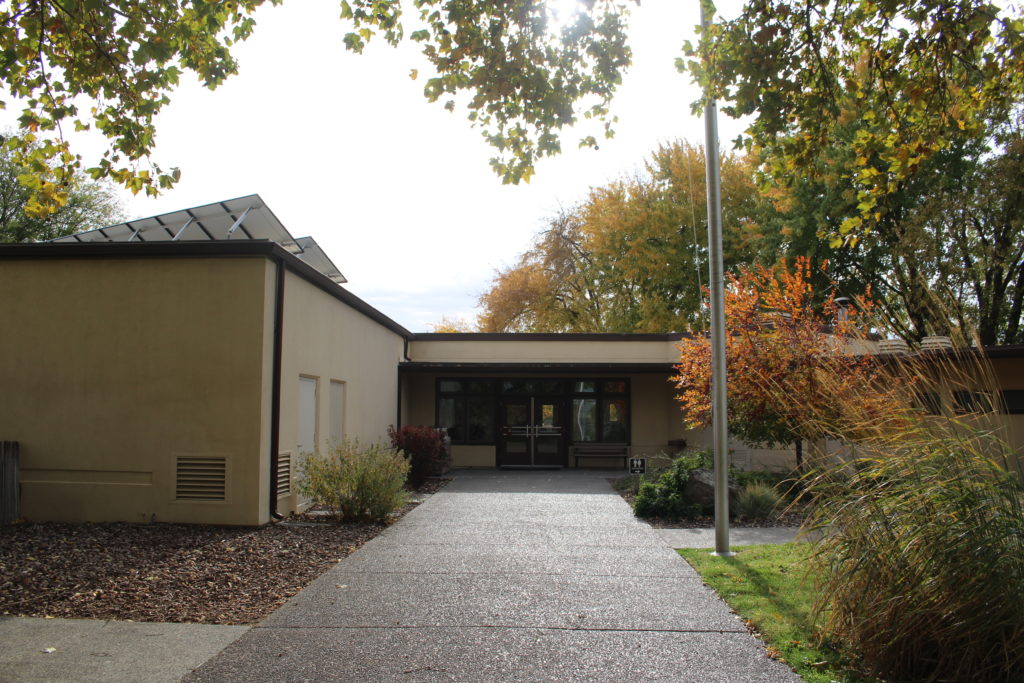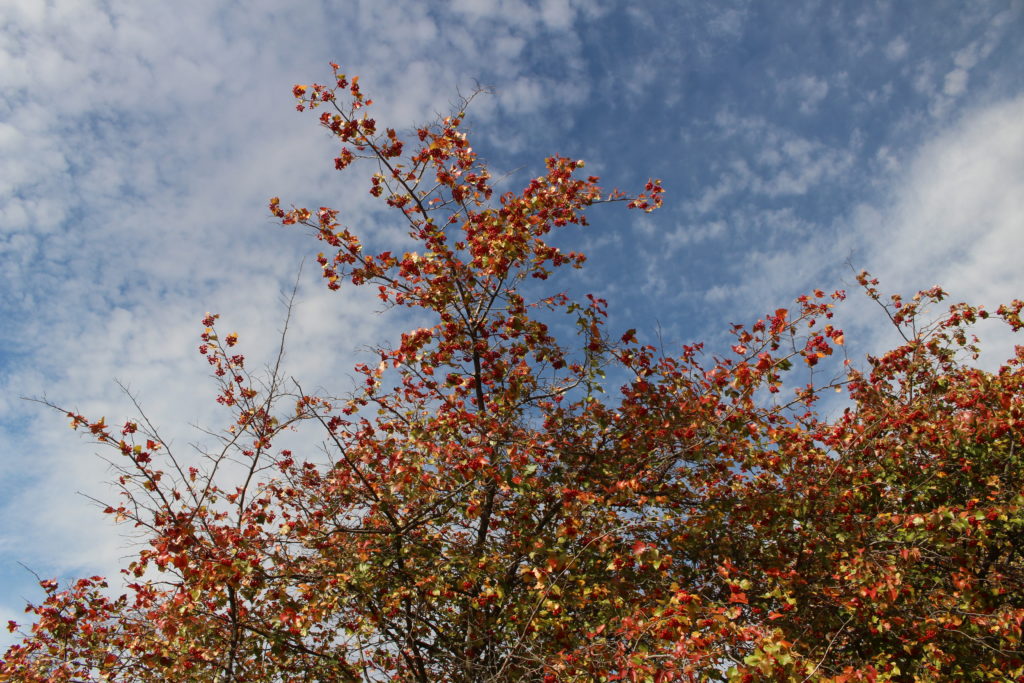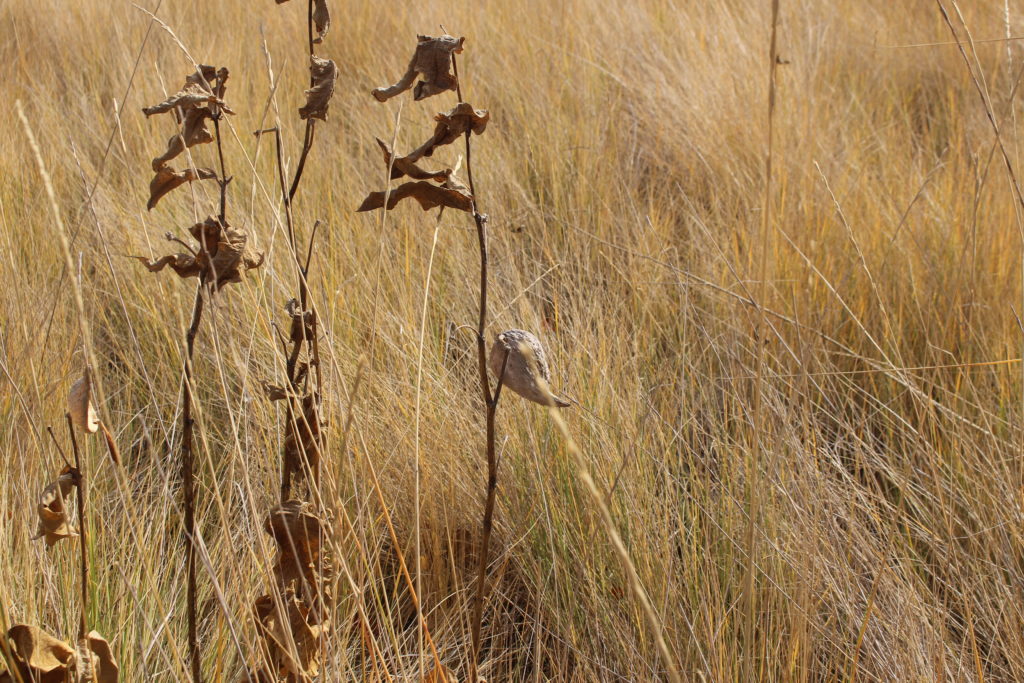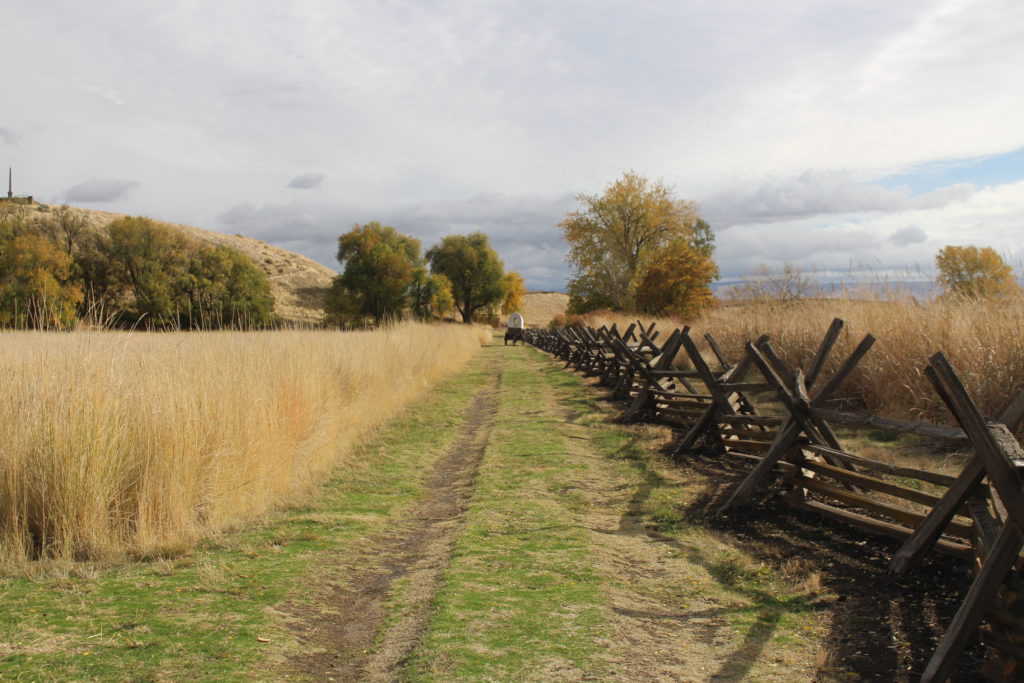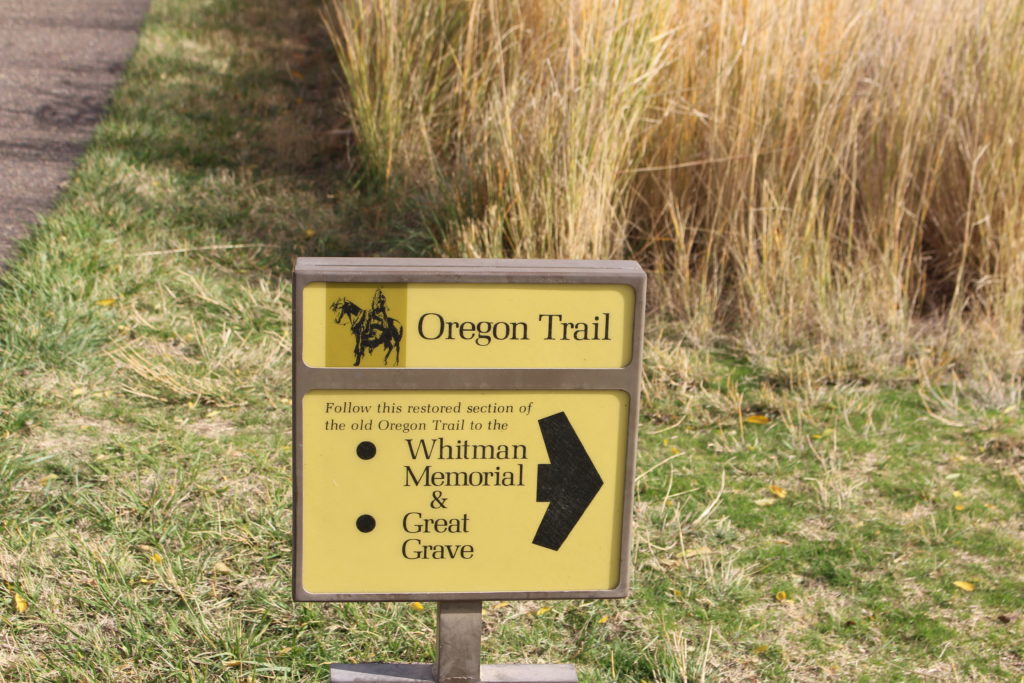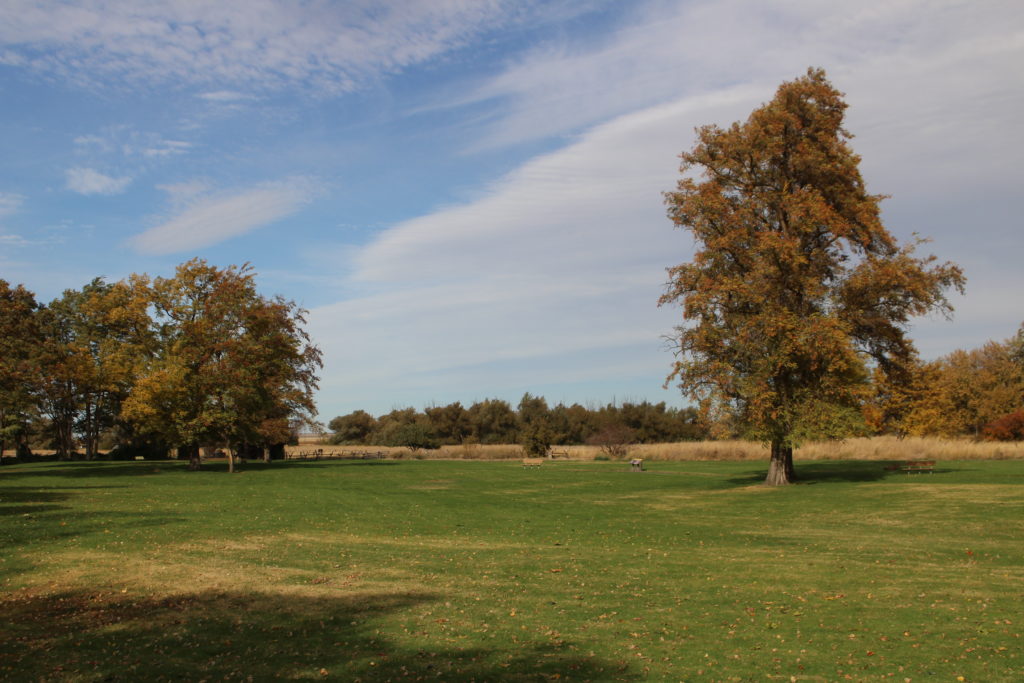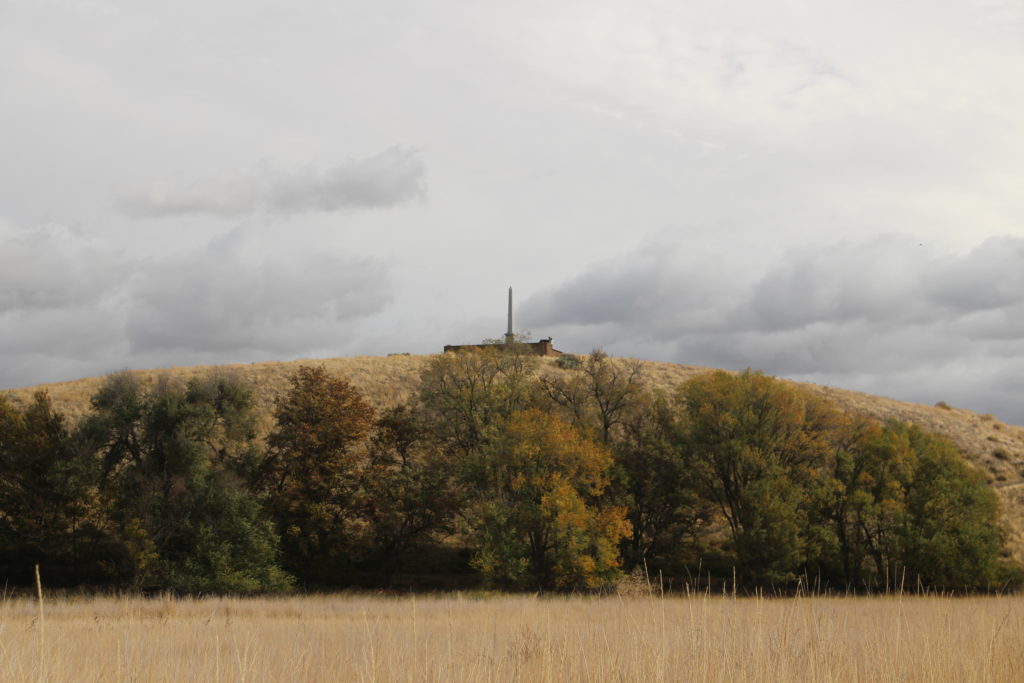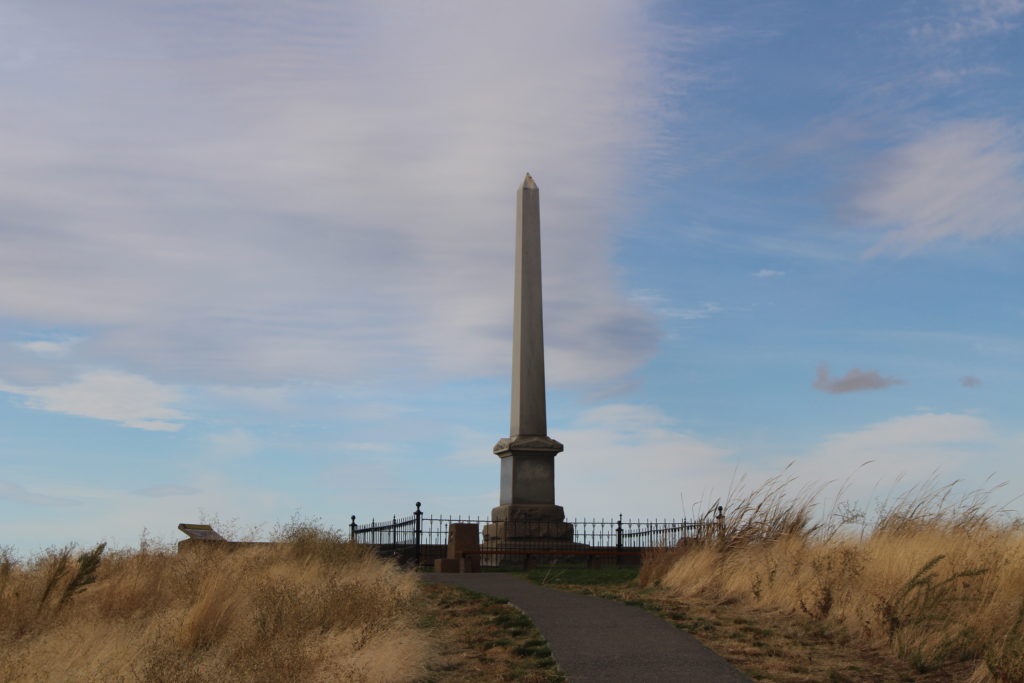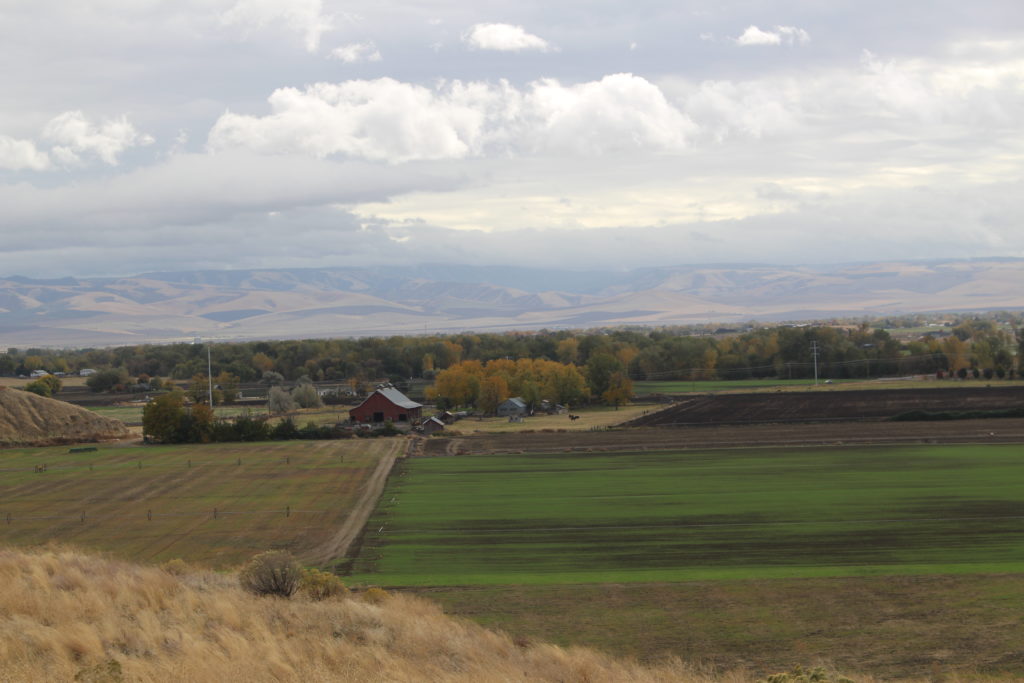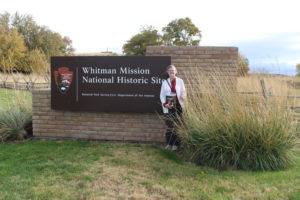 After months in western Washington, Tom and I finally headed east. Our ultimate goal would be Ohio by Thanksgiving. But we weren’t in a big hurry and we had plenty of things we wanted to see. After all, we might not be this far west again for a while. We hooked up the RV and headed for Pasco, Washington and the national park sites on the eastern side of the state. Our first stop was Whitman Mission National Historic Site in Walla Walla, Washington.
After months in western Washington, Tom and I finally headed east. Our ultimate goal would be Ohio by Thanksgiving. But we weren’t in a big hurry and we had plenty of things we wanted to see. After all, we might not be this far west again for a while. We hooked up the RV and headed for Pasco, Washington and the national park sites on the eastern side of the state. Our first stop was Whitman Mission National Historic Site in Walla Walla, Washington.
Whitman Mission was founded in 1836 by Dr. Marcus and Narcissa Whitman in order to bring Christianity to the “heathen” Cayuse Indians. Narcissa was the first European-American woman the Indians had seen. Their wagon was the first to travel over the “Oregon Trail” so far west.
At first the novelty of the Whitman’s among them was enough to draw the Indians to church. But soon the cultural and language difficulties interfered with the Whitman Mission. Narcissa thought the Indians were inferior and needed to adopt an eastern lifestyle in order to improve themselves. The Indians were nomadic, but the Whitmans insisted they become farmers and settle in the area the Indians called Waiilatpu. A measles epidemic broke out. Dr. Whitman was able to save the white children, but the Cayuse children and elders died.
During this time, other emigrants came and settled at Whitman Mission. The mission became a way station for the travelers on the Oregon Trail and Narcissa fed everyone who came along. The Indians felt they were being used as slave labor while the white people stole their land. After the son of a chief died of the measles – along with half the tribe – the Cayuse decided to strike.
On November 29, 1847, a group of Cayuse attacked the mission and Killed Marcus and Narcissa, along with three children they had adopted and nine other emigrants. About 50 women and children were taken as hostages by the Cayuse. Three of the children died of measles shortly after being taken. The other hostages were ransomed by the Hudson’s Bay Company a month later. A volunteer militia from the Willamette and lower Columbia valleys wiped out most of the Cayuse tribe in retaliation for “the Whitman massacre.”
The Whitman Mission Visitor Center has a small museum that tells the stories of the Cayuse Indians and the Whitman Mission. There is also an excellent movie that does a very good job of telling both sides of the story. The Whitmans were well-intentioned but blinded by the moral viewpoint of the day. The Cayuse were afraid that their land would be stolen and their way of life would end with the arrival of the white people.
After checking out the Visitors Center, Tom and I walked around the Whitman Mission Historic Site. We saw the foundations of the houses, blacksmith shop, the grist mill, and the emigrant house. We walked along the path where the Oregon Trail once came through the mission. A short climb took us to the top of a hill where a memorial to the Whitmans was erected in 1897. We also saw the graveyard where the victims of the Cayuse attack were buried in a mass grave.
Whitman Mission is a good example of the tension between the needs and viewpoints of two different cultures. The National Park Service does an excellent job of telling both sides of the story at these sites.

